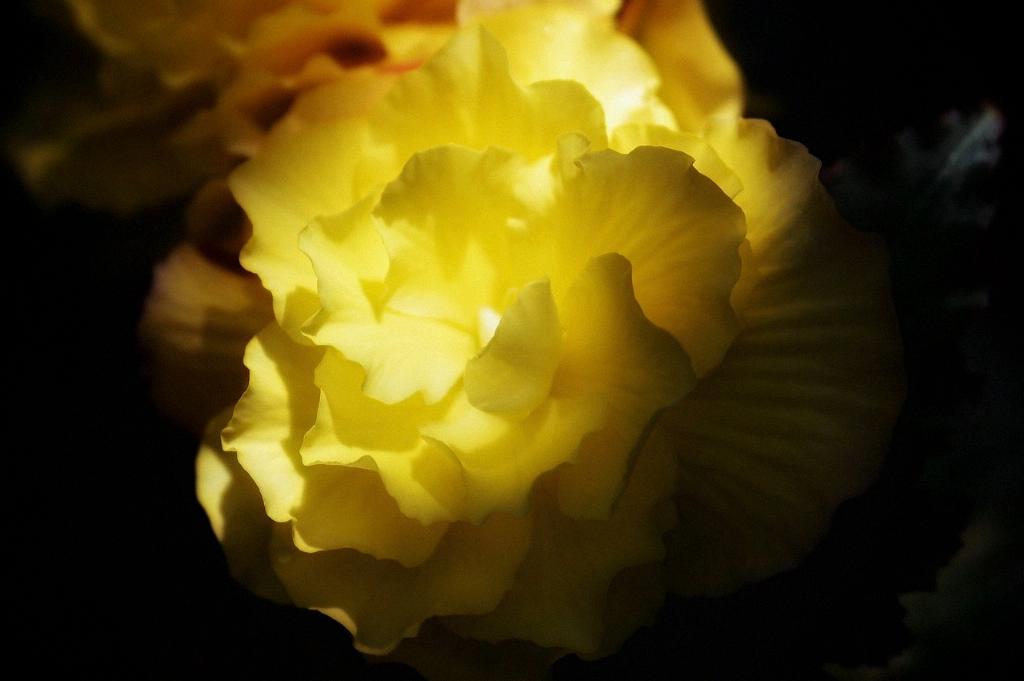Begonias are beautiful, vibrant flowering plants that are popular choices for gardens and indoor spaces alike. They come in various colors, shapes, and sizes, adding a touch of elegance to any setting. Known for their delicate blooms and unique foliage, begonias are relatively easy to care for, making them a favorite among garden enthusiasts.
Importance of Trimming Begonias
Trimming begonias is essential to promote healthy growth and maintain the plant’s overall appearance. Pruning helps remove dead or damaged parts, encourages new growth, and enhances the plant’s aesthetic appeal. By trimming begonias regularly, you can also prevent overcrowding, improve air circulation, and reduce the risk of disease infestation.
Best Time to Trim Begonias
The best time to trim begonias is typically in the early spring or late fall. During these periods, the plant is less active, allowing it to recover more quickly from pruning. Avoid trimming begonias during extreme heat or cold, as this can stress the plant and inhibit its growth.
Tools Required for Trimming Begonias
Before you start trimming your begonias, ensure you have the right tools on hand. Some essential tools for pruning begonias include sharp pruning shears, gardening gloves, disinfectant (to prevent the spread of diseases), and a clean cloth for wiping the tools between cuts.
Step-by-Step Guide on How to Trim Begonias
To trim your begonias effectively, start by identifying the areas that need pruning, such as dead blooms, yellowing leaves, or overgrown branches. Use sharp pruning shears to make clean cuts at a 45-degree angle, ensuring you trim just above a leaf node or a healthy bud. Remove any diseased or damaged parts and shape the plant as desired.
Mistakes to Avoid When Trimming Begonias
When trimming begonias, avoid cutting too much at once, as this can stress the plant and delay its recovery. Additionally, refrain from pruning during the plant’s flowering period, as this can reduce the number of blooms. Make sure to sterilize your tools before and after pruning to prevent the spread of diseases.
Tips for Maintaining Healthy Begonias Post Trimming
After trimming your begonias, ensure you provide them with adequate sunlight, water, and nutrients to support new growth. Regularly monitor the plant for signs of stress, pests, or diseases, and address any issues promptly. Consider fertilizing your begonias periodically to promote healthy foliage and vibrant blooms.

Conclusion
Trimming begonias is a simple yet crucial task that can significantly impact the health and appearance of your plants. By following the guidelines outlined in this article and staying attentive to your begonias’ needs, you can enjoy a thriving garden filled with beautiful, well-maintained begonias.
